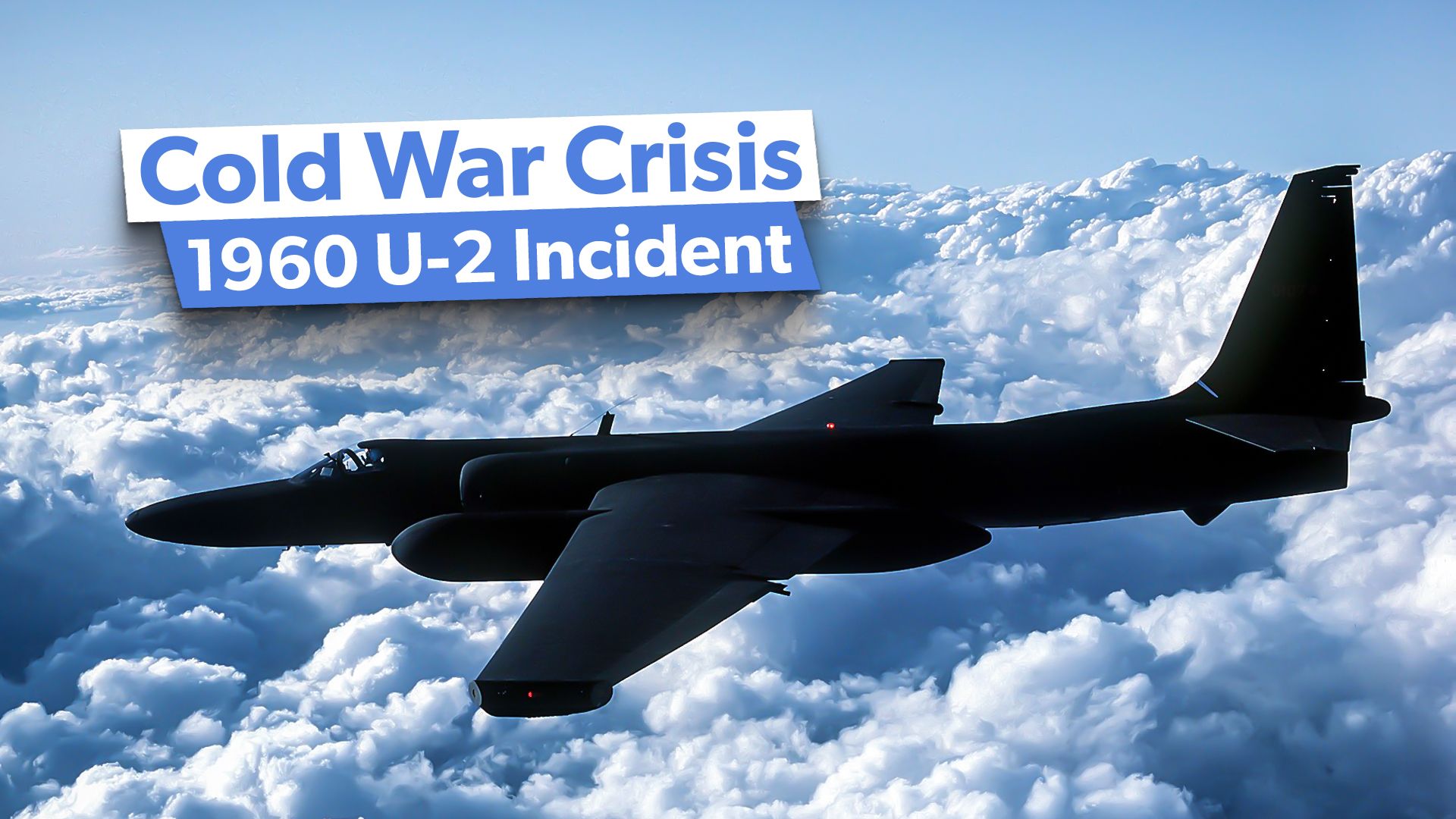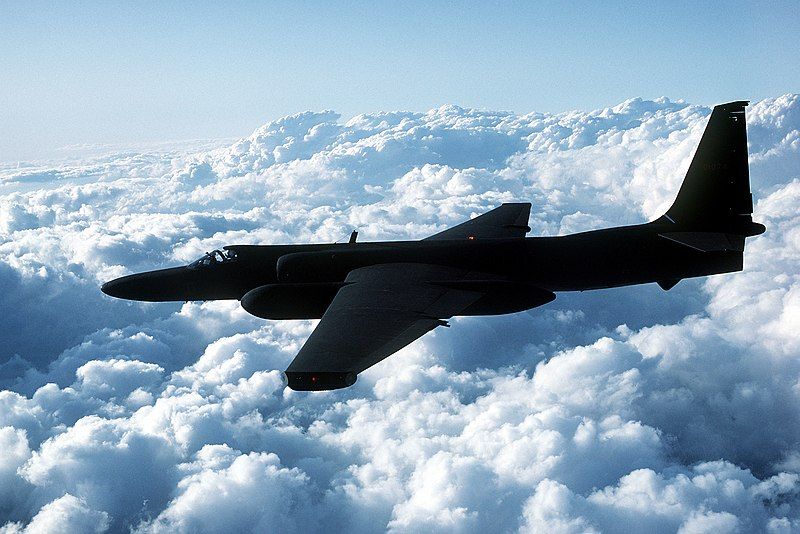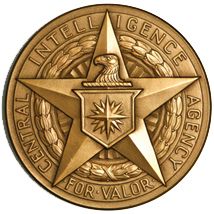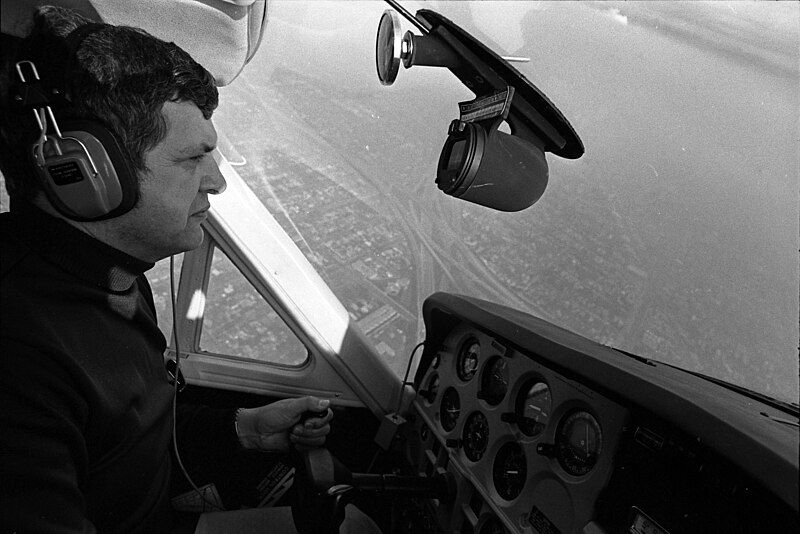One tragic U-2 “Dragon Lady” spy plane story deserves another, I suppose (as depressing as it is for a proud American citizen and unapologetic anticommunist for me to write about it).
After writing the above-linked story about U-2 shootdowns suffered by US ally Taiwan’s Republic of China Air Force (ROCAF) at the hands of the People’s Republic of China, this time I’m covering a “Dragon Lady” downing suffered by an American pilot, wherein the victor was the other major Communist power of the Cold War, the “Evil Empire” itself, i.e. the Union of Soviet Socialist Republics (USSR; Союз Советских Социалистических Республик/Soyuz Sovyetskikh Sotsialisticheskikh Respublik) AKA the Soviet Union. Simple Flying now delves into the shootdown and capture of Francis Gary Powers.
Historical background
The shootdown of Francis Gary Powers was just one in a string of victories won by the Soviet Union — and concurrent humiliations suffered by the United States of America and her allies — between the mid-1950s and the early 1960s, such as:
- The crushing of the Hungarian Revolution of 1956 whilst the Eisenhower Administration sat idly by and didn’t lift a finger to aid the anticommunist freedom fighters.
- The Soviets got into outer space first via the Sputnik launch on October 4, 1957.
- The construction of the Berlin Wall, beginning in August 1961
- The Soviets scored the first manned space flight via Yuri Gagarin on April 12, 1961.
.
This Soviet winning streak was finally broken when JFK forced Soviet Premier Nikita Khrushchev to back down during the Cuban Missile Crisis of October 1962.
Victim Profile: a brief bio of Francis Gary Powers
Francis Gary Powers was born on August 17, 1929, in Jenkins, Kentucky, the son of Oliver Winfield Powers (1904–1970), a coal miner, and his wife Ida Melinda Powers (née Ford; 1905–1991), the second-born and only male of six children.
After earning his bachelor’s degree from Milligan College (now officially known as Milligan University) in Tennessee in June 1950, Powers enlisted in the United States Air Force in October of that same year. He was commissioned as a 2nd Lieutenant in December 1952 after completing his advanced training with USAF Pilot Training Class 52-H at the now-defunct Williams AFB in Maricopa County, Arizona (about 30 mi [48 km] southeast of Phoenix). From there, Lt. Powers was assigned to the 468th Strategic Fighter Squadron at Turner Air Force Base, Georgia, as a Republic F-84 Thunderjet pilot.
Mr. Powers married Barbara Gay Moore on April 2, 1955. Nine months later, he was recruited by the Central Intelligence Agency (CIA), whereupon he was discharged from the USAF with the rank of Captain (pay grade O-3, not to be confused with the Navy and Coast Guard rank of Captain, which confers the pay grade of O-6).
In May 1956, he began U-2 training at Watertown Strip, Nevada; this training was completed by August 1956 and his unit, the Second Weather Observational Squadron (Provisional) or Detachment 10-10, was deployed to Incirlik Air Base, Turkey. Due to the “secret squirrel” nature of his assignments, Mr. Powers’s family believed that he was a NASA weather reconnaissance pilot.
The incident
By the time the unfortunate incident transpired on May 1, 1960 — coincidentally, a major public holiday in the USSR known as May Day [not to be confused with the universal aviator’s distress call “Mayday”), AKA International Workers Day — Mr. Powers was already a veteran of many covert aerial reconnaissance missions.
CIA-sponsored U-2 flights over the Soviet Union had begun back on July 4 (America’s birthday, fittingly enough), 1956. During the intermittent four years, it was blissfully assumed by American mission planners that the Soviets couldn’t pick up the U-2 flights on radar, and moreover that Soviet surface-to-air missiles (SAMs) and antiaircraft artillery (“triple-A”) couldn’t hit the “Dragon Ladies” anyway.
With 20/20 hindsight, we now know that Soviet radar *could* and *did* detect the warbirds all long, and the United States lost one of the spy planes over the USSR in 1959, but as long as there was no definitive proof connecting the flights to the US, there was no advantage for the Soviets to raise the issue publicly, lest it draw attention to the inability to shoot down the offending flights (and thus suffer a loss of propaganda points).
However, as noted by the US State Department’s Office of the Historian:
“On May 1, 1960, the situation changed. On the eve of the Paris Summit and during the May Day holiday, CIA pilot Francis Gary Powers took off from a base in Pakistan bound for another base in Norway, with his planned flight path transgressing 2,900 miles of Soviet airspace. Near the city of Sverdlovsk Oblast in the Ural Mountains, Powers’ plane was shot down by a Soviet surface-to-air missile. Powers ejected and parachuted safely to the ground, where he was captured by the KGB, and held for interrogation. The plane crashed, but parts of it were recovered and placed on public display in Moscow as evidence of American deceit.”
The weapons system that enabled the USSR to hit Mr Powers’ U-2 was their S-75 Dvina (NATO reporting name SA-2 “Guideline”), which had debuted in 1957, and had the following specifications and capabilities:
- Altitude: 82,000 ft (25,000 m)
- Operational Range: 28 mi (45 km)
- Maximum speed: Mach 3.5 (2,600 mph; 4,321 km/h)
- Warhead Weight: 430 lb (195 kg)
- Accuracy: 210 ft (65 m)
Powers’ U-2, with its service ceiling of 80,000 ft (24,000 m) and max airspeed of Mach 0.715, stood no chance.
“SA-2s don’t play no games
Just kickin’ ass and takin’ names”
–“Viet Vet,” sung by Dick Jonas, Lt. Col., USAF (Ret.)
On at least one minor positive note, according to the National Museum of the United States Air Force, “the Soviets also accidentally shot down one of their own MiG-19 fighters, killing its pilot.” Ergo, the Evil Empire didn’t come out of this incident completely unscathed.
Aftermath
On May 11, 1960, then-US President Dwight David Eisenhower (AKA “Ike”) finally acknowledged his full awareness of the entire program and of the Powers flight in particular. Moreover, he explained that in the absence of an “open skies” agreement, such spy flights were a necessary element in maintaining national defense, and that he planned to continue them.
Premier Khrushchev demanded that “Ike” apologize for the past flights and promise to discontinue them as a precondition for entering into the planned negotiations on West and East Germany. Eisenhower’s refusal led the Soviet delegation to leave the French capital just as the would-be Paris Summit was about to begin. The CIA’s official website picks up the story from there:
“Powers was tried for espionage under Article 2 of the Soviet Law on Criminal Responsibility for Crimes Against the State. His appointed defense counsel could barely speak English. The trial began on his thirty-first birthday. He was sentenced to ten years of confinement and taken to Vladimir Prison. He was given the choice of a cellmate or solitary confinement. He opted for a cellmate. He and his new cellmate, Zigurd, became close friends.”
“On February 10, 1962, one year, nine months and ten days after his capture, Powers was freed. He was exchanged for Colonel Rudolf Abel, a Soviet spy convicted in the US of espionage. They were traded at the Glienicke Bridge in Berlin — known as the Bridge of Spies. Before Powers walked across the bridge, the Soviet consular representative said to him, ‘The next time you come to see us, come as a friend.’ When the signal was given, Powers and Abel crossed the bridge, barely acknowledging each other as they passed in the middle.”
Francis Gary Powers returned to his home country, embroiled in great controversy. Many believed he should have destroyed the photographic devices on his plane or made use of his poison pin, and they were also suspicious about what he had told his captors during the interrogations. Yielding to mounting pressure, Powers submitted to a public hearing before Congress, which fortunately lasted only 90 minutes, and he was cleared by the US government of all allegations of wrongdoing.
In April 1965, Powers was awarded the Intelligence Star “for a voluntary act or acts of courage performed under hazardous conditions or for outstanding achievements or services rendered with distinction under conditions of grave risk.”
Powers continued to work for the “Christians In Action” (to use a Navy SEAL slang term for the Agency), mentoring officers on coping mechanisms when being interrogated. Getting the urge to fly again, he accepted a position with Lockheed’s legendary “Skunk Works” division as a U-2 test pilot and published a memoir of his U-2 experiences titled “Operation Overflight: A Memoir of the U-2 Incident.”
In 1976, he became a helicopter traffic pilot-reporter for KNBC News Channel 4 in Los Angeles, California. On August 1, 1977, he was relaying a traffic report over LA when his helicopter crashed due to a faulty fuel gauge, killing both Powers and his cameraman.
The CIA wraps up the story thusly:
“At his funeral, Powers’ young son was approached by a mysterious man. The man put a coin in his hand and said that ‘Zigurd’ wanted him to have it. Powers’ son looked down to examine the coin, running his fingers around the edge, and when he looked back up, the man had vanished… Details of the U-2 program were declassified in 1998, increasing the public’s recognition of Powers’ service and heroism. Director of Central Intelligence George J. Tenet posthumously awarded Powers a CIA Director’s Medal in 2000.”




